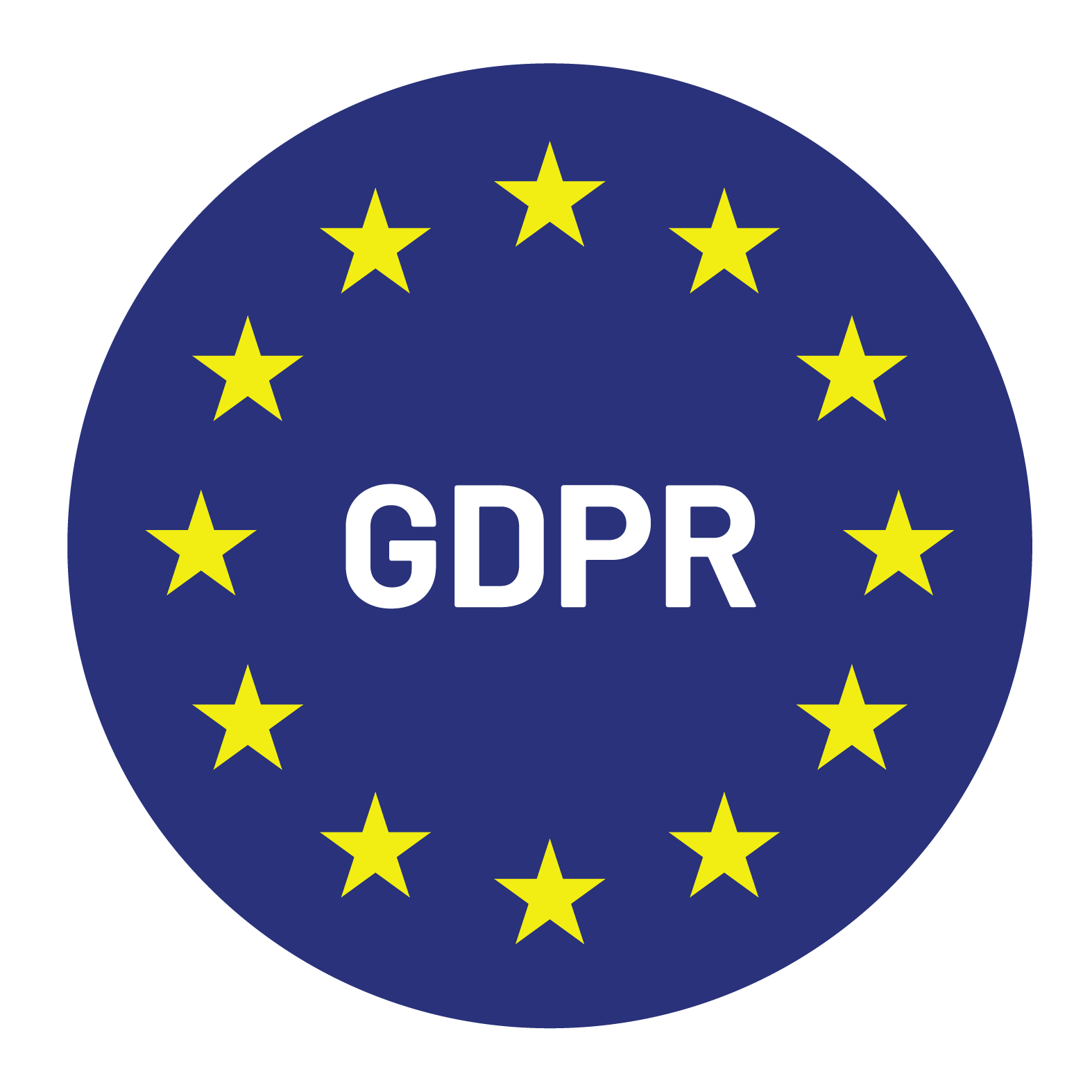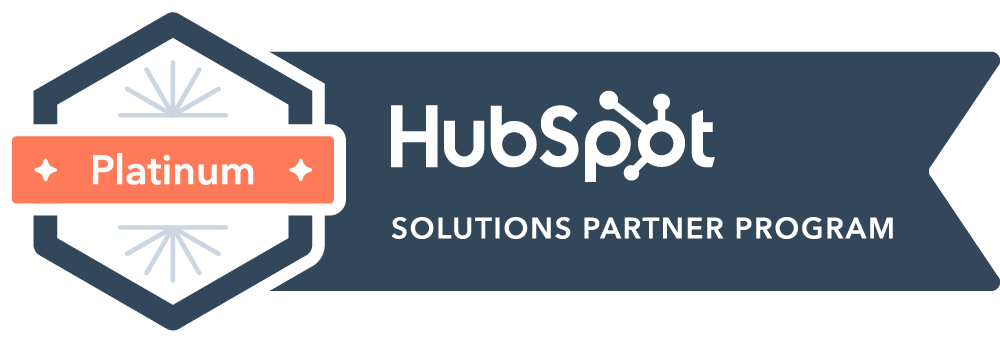

Content Writer for Whistle with multidisciplinary experience spanning over a decade.
Appointment setting is one of the most overlooked parts of the sales process. It is often treated as a numbers game: more dials, more emails, more meetings. Yet for SaaS and B2B companies, the real value lies not in activity, but in the quality of appointments and how seamlessly they connect to the rest of the sales pipeline. That is why B2B appointment setting has become an essential function for companies looking to expand their reach and maximize sales efficiency.
Outsourcing this function has grown common among B2B and SaaS companies. By tapping into outsourced appointment setting services, organizations gain immediate access to skilled SDRs, proven outreach methods, and ready-made infrastructure without the long ramp-up period of building in-house. However, outsourcing alone does not guarantee results. Poor integration between an appointment setting agency and internal sales teams can lead to duplicate outreach, wasted budget, inconsistent messaging, and missed opportunities.
At its core, a B2B appointment setting agency provides three functions: prospecting, qualification, and appointment scheduling. These agencies identify the right prospects, qualify them against agreed criteria, and then secure meetings for account executives. Their role is not to close deals but to ensure sales teams spend time with the right people.
When aligned properly, agencies complement internal SDRs and AEs rather than compete with them. Internal SDRs may focus on strategic accounts or specific segments, while outsourced SDR services can broaden reach into new markets or support rapid scaling. Together, they expand the top of the funnel and ensure opportunities flow steadily into the sales pipeline.
It is also important to clarify the difference between lead generation and appointment setting. Lead generation casts a wide net, collecting names and contact details. Appointment setting goes further by qualifying prospects and securing confirmed meetings, making it far more directly tied to revenue outcomes.
Despite the clear value, many companies struggle with outsourcing because integration is overlooked. Misalignment between agency SDRs and in-house sales teams can create friction. If goals are unclear, both sides may chase different priorities, leading to inconsistent results.
Poor CRM data handoffs are another common issue. If agency-sourced appointments are not properly logged, tracked, and visible in the CRM, opportunities can easily be lost. Similarly, messaging inconsistencies can damage credibility. If prospects receive outreach that does not match the company’s tone or value proposition, trust is eroded before the AE even enters the conversation.
Fragmented outreach is particularly damaging. Picture a scenario where an internal SDR and an agency SDR both contact the same account with different messaging. The result is confusion for the prospect and wasted effort for the sales team.
Alignment begins with clarity. Both the agency and your internal team must agree on what constitutes a qualified appointment. Defining KPIs around metrics like sales-qualified leads, meetings completed, and pipeline contribution prevents confusion and ensures everyone is measured against outcomes that matter. Revenue impact, not activity volume, should be the guiding metric.
No agency can succeed without a full understanding of your ideal customer profile, personas, and buying triggers. Mapping the buyer journey together ensures that outsourced SDRs know not only who to target but also how those prospects move through your sales cycle. For example, a SaaS company selling into enterprise IT must make clear which decision-makers matter and how long the buying process typically runs. Without this shared knowledge, even the best appointment setting services will produce mismatched opportunities.
Consistency in outreach is non-negotiable. Agencies should adopt your brand voice and messaging so prospects receive a coherent experience across email, phone, and LinkedIn. Creating a unified messaging framework ensures that SDRs do not just repeat a script but adapt it while staying true to your value proposition. Testing personalization approaches across channels can help identify what resonates most, but the foundation must always reflect your brand.
Technology is where alignment often breaks down. Appointments must flow directly into your CRM, whether that is Salesforce, HubSpot, or another system. Manual entry creates gaps and wastes time, while automated syncing ensures AEs have immediate visibility. Proper CRM integration also enables accurate reporting on show rates, conversion rates, and pipeline value. Without this visibility, leadership cannot measure ROI or identify where improvements are needed.
The handoff between SDRs and AEs is not a one-way street. Weekly feedback sessions are critical for refining lead quality and improving outreach. When AEs share insights about what worked in calls and what did not, agency SDRs can adjust their qualification and messaging accordingly. Over time, this feedback loop strengthens alignment and improves appointment quality.
Integration is not a set-and-forget process. Regular performance reviews ensure the agency continues to deliver value. Tracking metrics like show rates, conversion rates, and pipeline generated provides a clear picture of impact. With these insights, companies can shift budgets, adjust strategies, and expand into new markets. A properly aligned outsourced SDR service does not just fill the pipeline; it scales with your business.
When integration is done right, the results are clear. A consistent pipeline flow eliminates the feast-or-famine cycles that strain sales teams. Reduced friction in the sales cycle means AEs can focus on advancing deals rather than chasing prospects. Appointment quality improves, leading to higher conversion rates and stronger ROI. Beyond direct revenue impact, alignment also enhances collaboration between sales and marketing, ensuring everyone works toward the same goals.
Companies often undermine their own outsourcing efforts by treating the agency as a vendor rather than a partner. Without proper onboarding and training on your product and market, SDRs cannot represent your business effectively. Another mistake is over-focusing on appointment volume rather than quality. A high volume of poorly qualified meetings wastes more time than it saves.
Clear expectations are also critical. Without defined SLAs for reporting and accountability, you cannot evaluate performance objectively. Successful partnerships depend on transparency and shared responsibility.
At Whistle, integration is built into the process. Onboarding is fast, with agencies and sales teams aligned around ICPs, buyer journeys, and messaging from day one. CRM integration ensures that appointments flow directly into the system of record, giving AEs visibility without added admin.
The results speak for themselves: more than 14,000 meetings booked and over $100 million in pipeline generated for B2B companies across industries. Whistle’s model is designed to extend internal SDR capacity, not replace it, ensuring outsourced appointment setting works in harmony with existing sales teams.
Aligning a B2B appointment setting agency with your sales process is not about outsourcing a task. It is about creating a revenue engine where internal and external teams work together seamlessly. Shared goals, unified messaging, CRM integration, and continuous feedback create efficiency, quality, and growth.
The companies that benefit most from outsourced appointment setting are those that approach agencies as partners, not short-term stopgaps. With the right integration, outsourced SDR services can extend your team’s reach, accelerate your sales pipeline, and free your AEs to focus on closing.
Whistle has proven expertise in helping companies achieve this integration. If you are building or scaling your sales development function, a conversation with our team can provide clarity on how outsourced appointment setting can accelerate your pipeline.


© Copyright – Whistle 2023